The house which inspired The Darling Buds of May is on the open market for the first time in almost 90 years
The house which inspired H.E. Bates to write his most famous works – and which became world famous as the setting for The Darling Buds of May – is for sale. Penny Churchill reports.
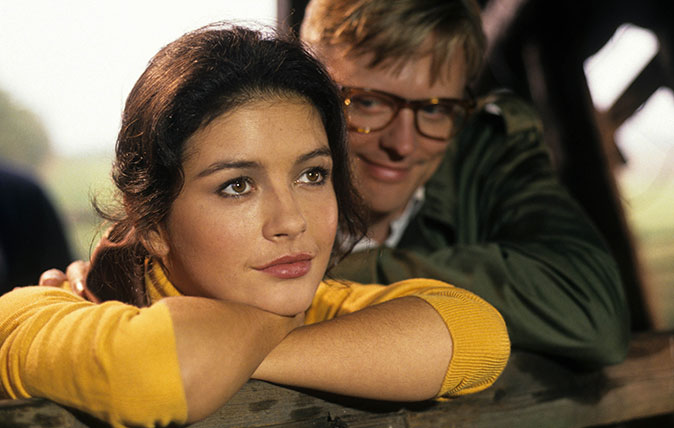

One wet summer’s day in 1931, at the height of the Great Depression, a young couple walked the lanes of Kent looking for a home. They were the budding young novelist and short-story writer Herbert Ernest Bates (otherwise known as H. E. Bates) and his childhood sweetheart, Marjorie Cox, known to all as Madge.
The place they ended up buying was The Granary, a home – which they would end up sharing for almost half a century, and at which he wrote almost all his books – including The Darling Buds of May, which later became the hugely-successful television show that launched the career of Catherine Zeta-Jones. The Bates's family home is for sale at £1,100,000 via Strutt & Parker.
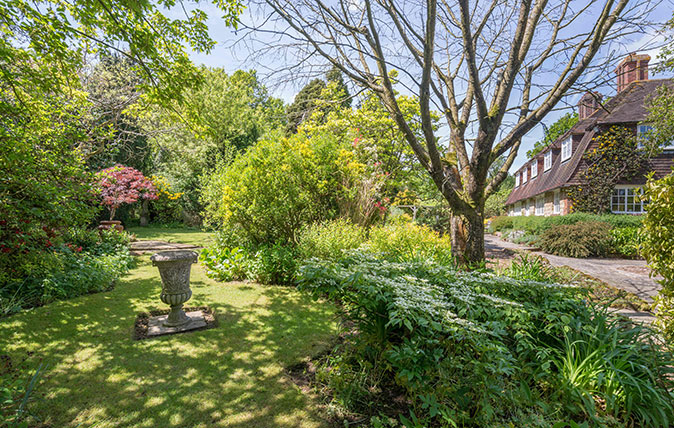
In one of his many autobiographical books, Bates wrote about their arrival in the quiet village of Little Chart Forstal, four miles from Ashford, with its picturesque, elm-fringed green bordered by half a dozen handsome houses, where a friend had discovered a cottage that she thought might suit them. Here's how he described it:
'The rain stopped at lunch-time, and after lunch we walked out to see the house. It was a horror. Much depressed, we were about to walk back when its owner declared that he might have one further possibility to offer. This was a building for conversion, a granary.We walked across the sodden grass, then only a rough area of pasture with a shaggy brown horse grazing on it, today mown smooth as a bowling green for cricket. It stood in half an acre of flooded farmland: an oblong building of tone, weatherboard and tile, open to the winds on the ground floor, still littered with straw and grain upstairs. We looked, poked about for a little, went upstairs and pondered. We went outside, looked and pondered again.We stood for a few minutes by the thick, yellow-lichened old stone walls and suddenly, the sun came out. Its rays were the very faintest degree warm and we saw now that we were facing due southwards.Madge looked at me and I looked at her. We said nothing; but in that moment of sunlight we suddenly knew that this was it.’
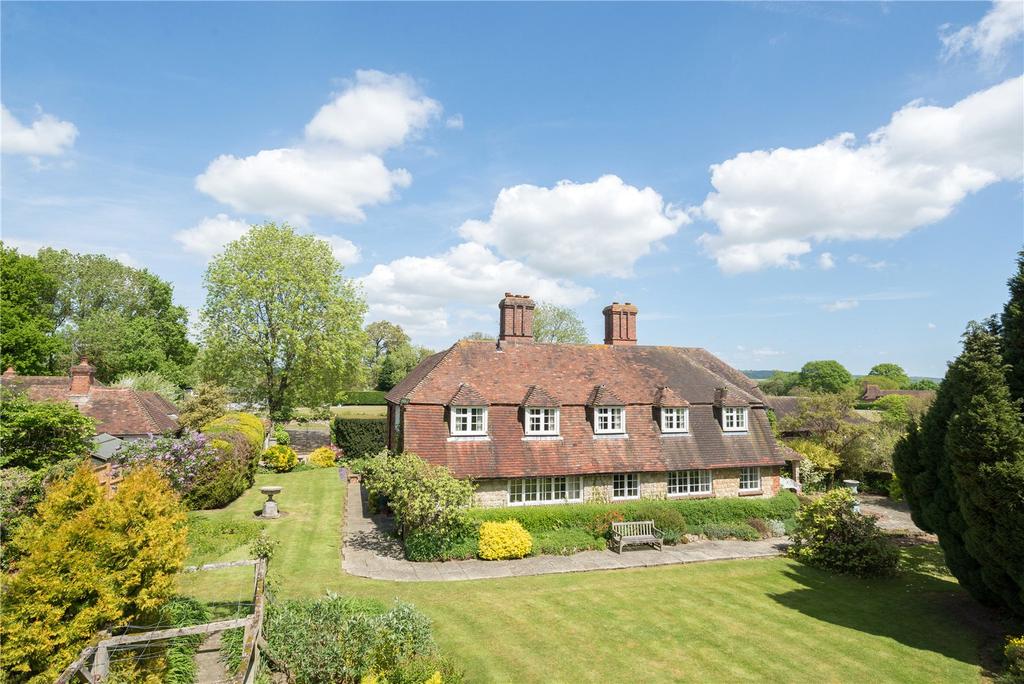
However, as Bates later reflected, unlike in the years after the Second World War, when people would happily pay for the privilege of converting ‘pig-sties, cow byres, old windmills, malting houses, hen houses, warehouses, old railway stations, old signal boxes, disused forts, ancient barges and almost anything else into places in which to live’, in the early 1930s, the idea of converting any kind of building into a house was ‘utterly unthinkable’.
The project was, he admits, ‘a lunatic scheme that could only have been invented by a young man slightly, if not utterly deranged’, and the £600 cost involved was ‘further madness’.
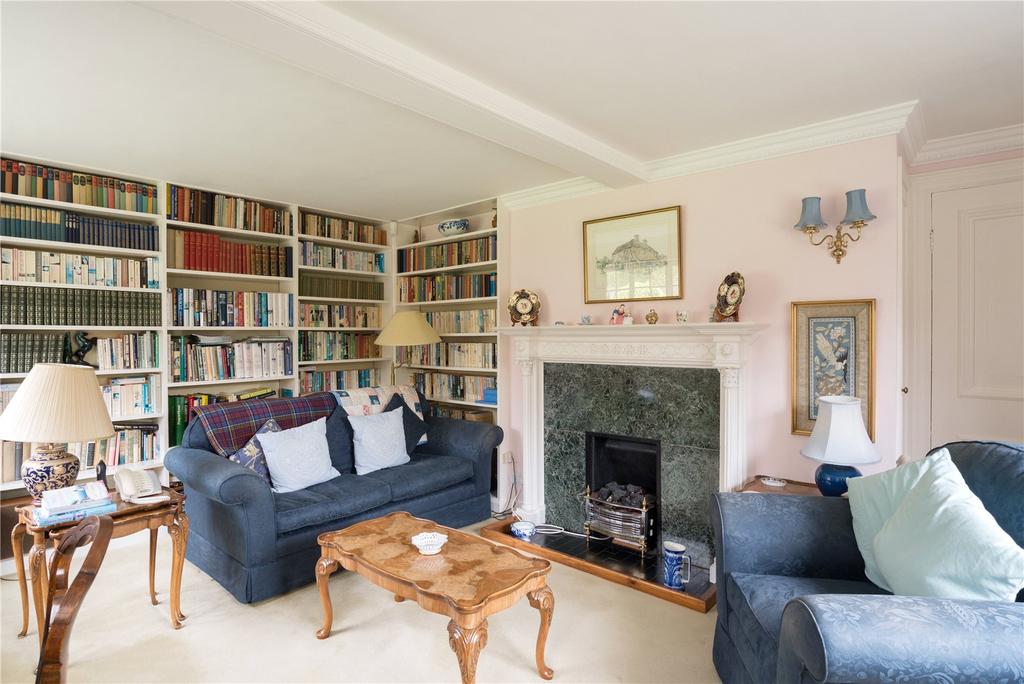
Madness or not, the couple bought the granary, married and moved to Kent that same year. Bates was a prolific writer and The Granary, where he and Madge lived for the next 40-odd years until his death in 1974, was where most of his books were written – among them The Darling Buds of May, the TV adaptation of which, produced after his death by his son, Richard, was hugely successful. Many of its scenes were filmed on the green directly in front of the house.
Bates was a keen and knowledgeable gardener. ‘Gardens’, he maintained, ‘should be like lovely, well-shaped girls: all curves, secret corners, unexpected deviations, seductive surprises and then still more curves’ – a message eloquently expressed in the garden he laid out and landscaped at The Granary, which remains much as it was in his day.
Sign up for the Country Life Newsletter
Exquisite houses, the beauty of Nature, and how to get the most from your life, straight to your inbox.
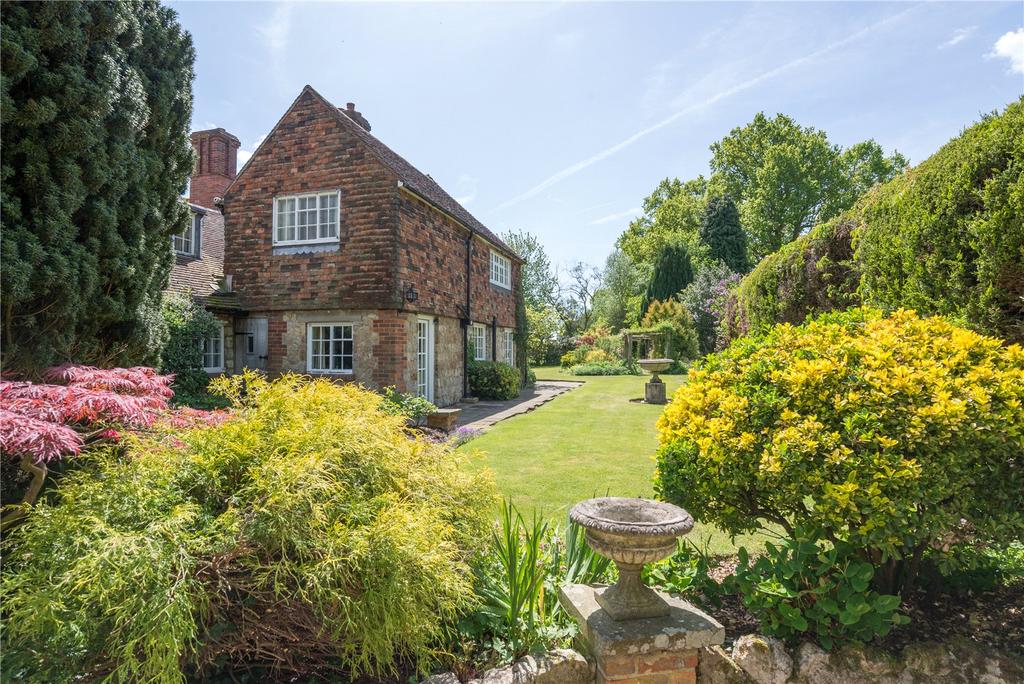
After Bates’s untimely death, aged 68, Madge moved to a converted cow-byre next door and sold The Granary to the Gizzi family, the late parents of the current vendor, who also lives on the green.
They made a number of improvements to the house, replacing the staircase with a much wider oak version, fitting a new kitchen, adding central heating and creating a dressing room and en suite to the master bedroom.
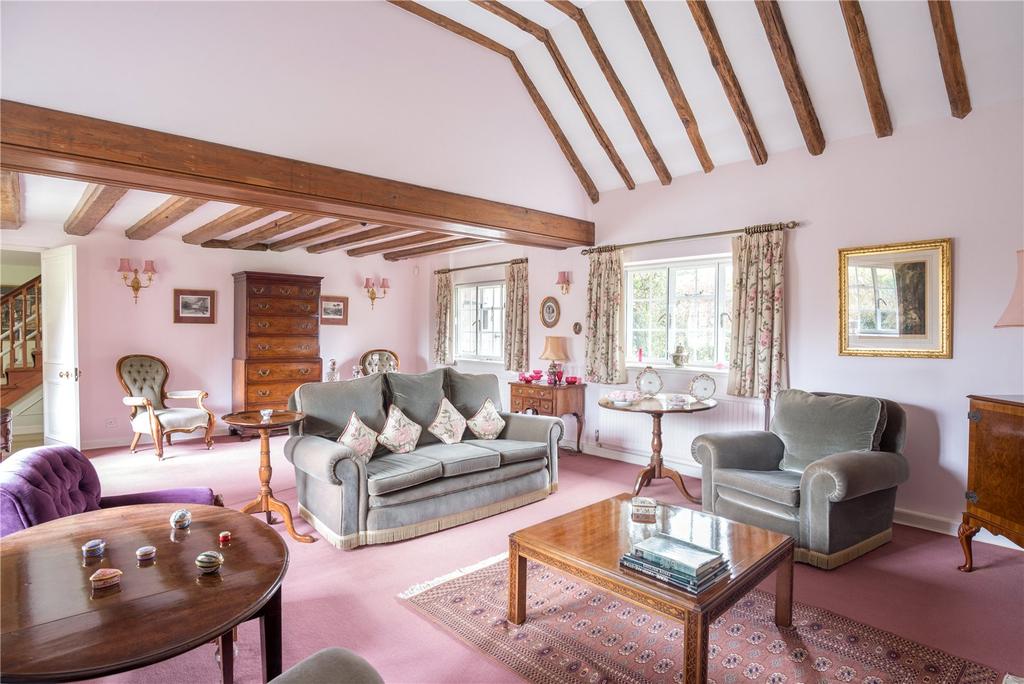
Both the house – which boasts some 3,000sq ft of accommodation, including a reception hall, three reception rooms, a kitchen/breakfast room, four bedrooms and two bathrooms – and its enchanting half-acre garden, are in tip-top order, maintained by a resident housekeeper and gardener.
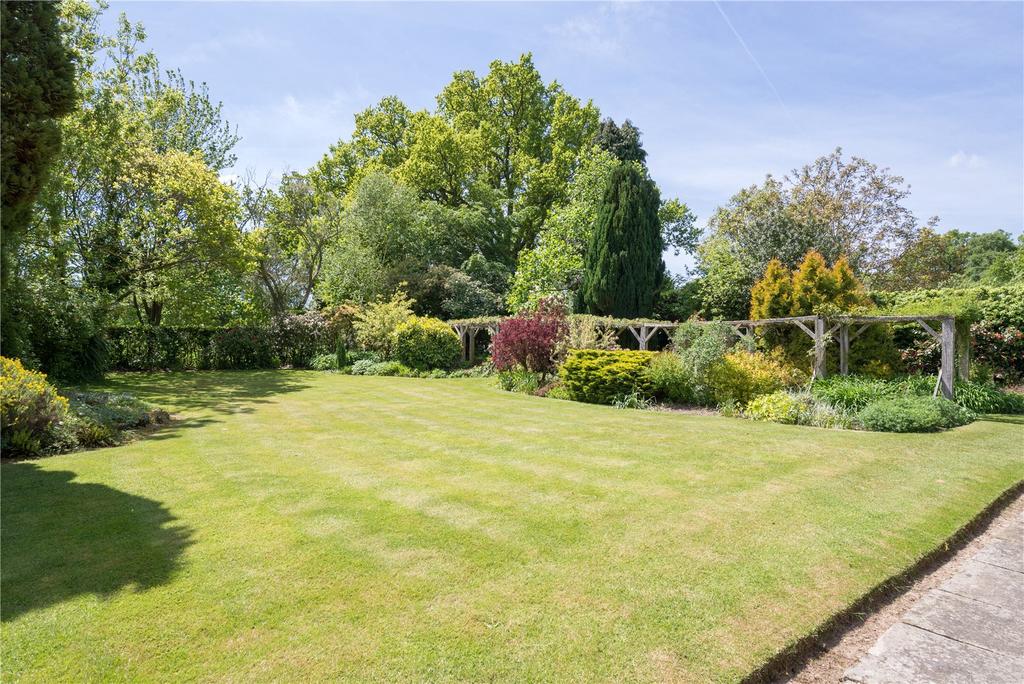
Incidentally, given that the vendor’s family bought the house directly from Mrs Bates, the present sale – through the Canterbury office of Strutt & Parker at a guide price of £1.1 million – makes it the first time that the property has been on the open market in 87 years.
The Granary is for sale via Strutt & Parker at £1.1 million – see more pictures and details.
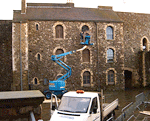
Turning your period property into a film location
Film location agencies are always on the lookout for properties to use as film sets. But how you do put
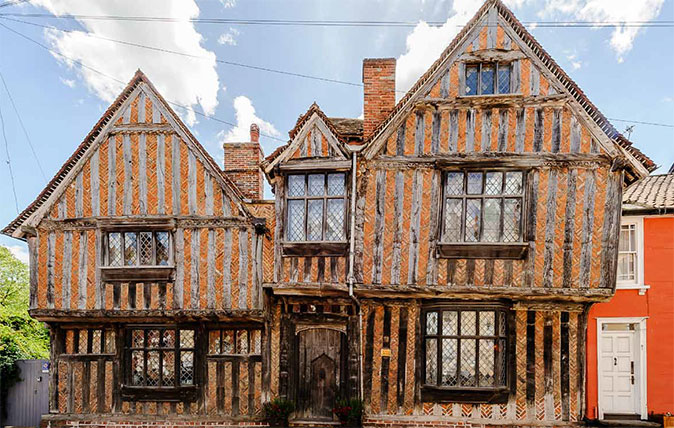
Credit: Carter Jonas
Harry Potter's childhood home goes up for sale
This irresistibly pretty house in Suffolk is a Grade I-listed wonder in its own right, even before you consider its
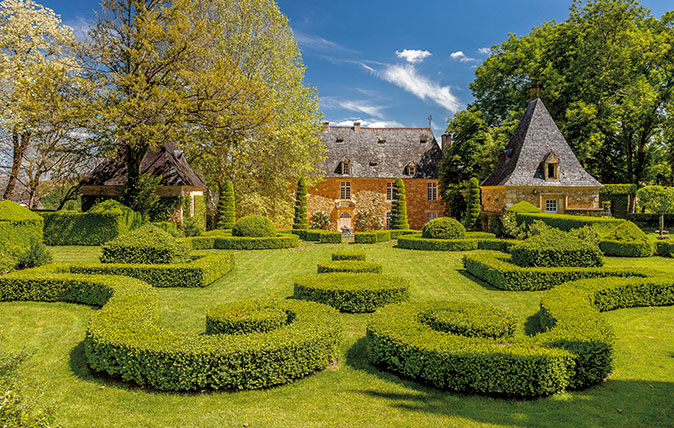
The Gardens of Eyrignac: A Dordogne jewel that was the vision of one incredible man
Gilles Sermadiras's family were horrified when he announced that he was to build a garden, and he did so while
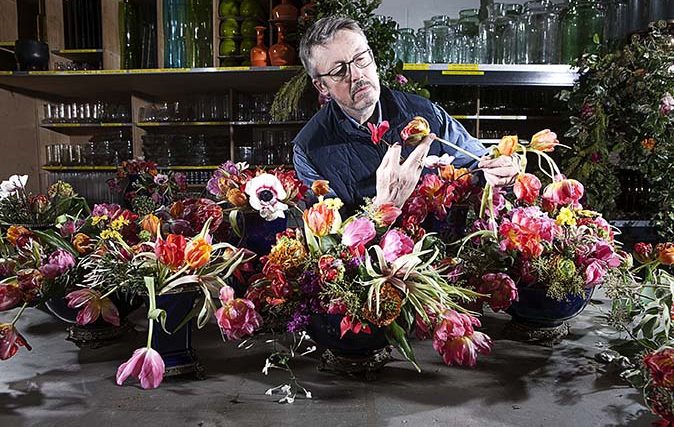
The Florist: 'What I do is like good cooking – if you have beautiful ingredients, you can’t go wrong'
This week's Living National Treasure is royal florist Shane Connolly – and while he might be based in Britain, he's
-
 Why British designers dream up the most desirable hotels
Why British designers dream up the most desirable hotelsWhen it comes to hotel design, the Brits do it best, says Giles Kime.
By Giles Kime Published
-
 The five minute guide to 'The Great Gatsby', a century on from its publication
The five minute guide to 'The Great Gatsby', a century on from its publication'The Great Gatsby' sold poorly the year it was published, but, in the following century, it went on to become a cornerstone of world literature.
By Carla Passino Published
-
 Five beautiful homes, from a barn conversion to an island treasure, as seen in Country Life
Five beautiful homes, from a barn conversion to an island treasure, as seen in Country LifeOur pick of the best homes to come to the market via Country Life in recent days include a wonderful thatched home in Devon and a charming red-brick house with gardens that run down to the water's edge.
By Toby Keel Published
-
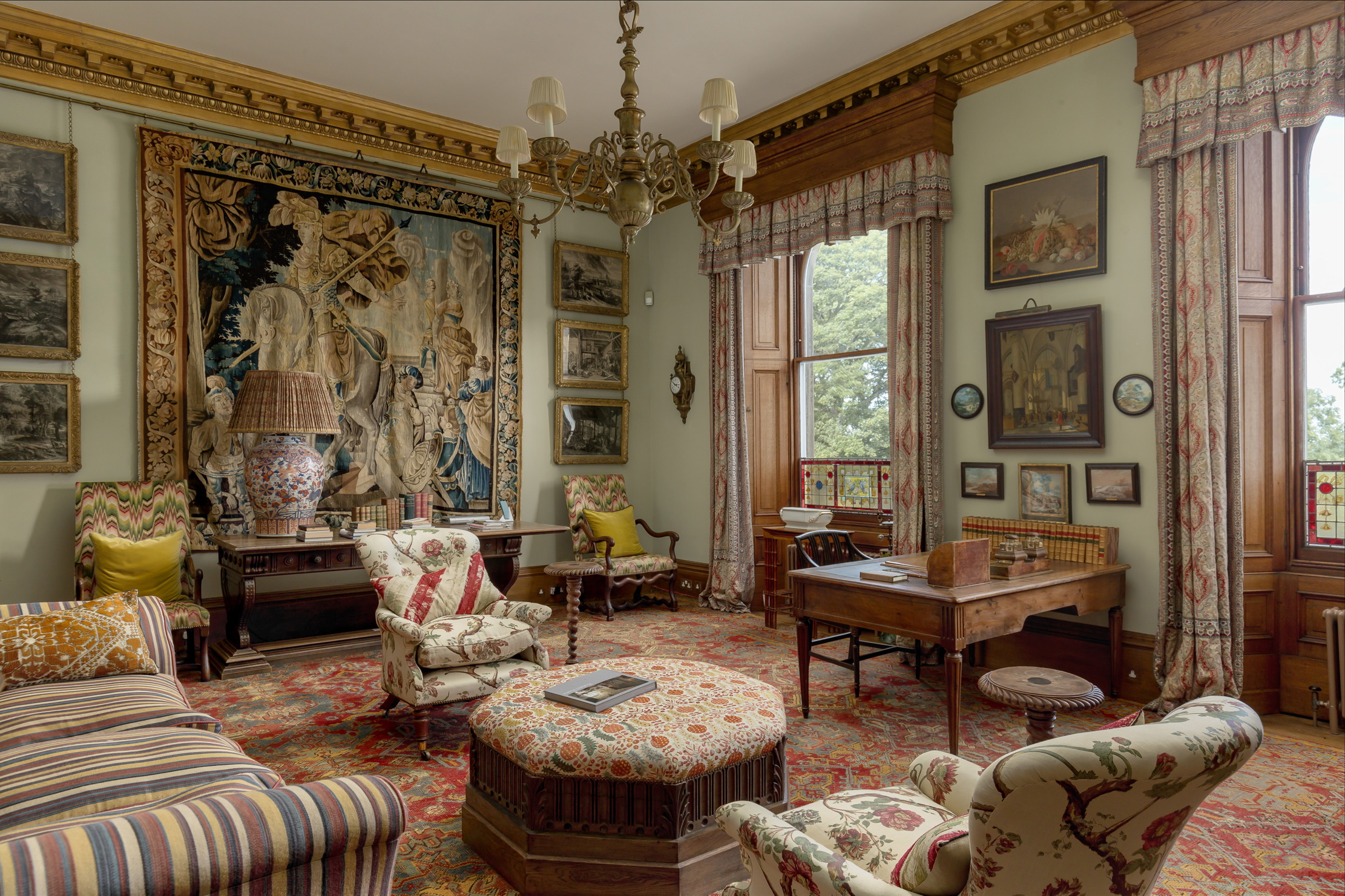 The finest interiors in Edinburgh? A seven-bedroom townhouse furnished by Robert Kime comes to market
The finest interiors in Edinburgh? A seven-bedroom townhouse furnished by Robert Kime comes to marketSituated on one of the New Town's grandest terraces, this four-storey property is a collector's dream.
By James Fisher Published
-
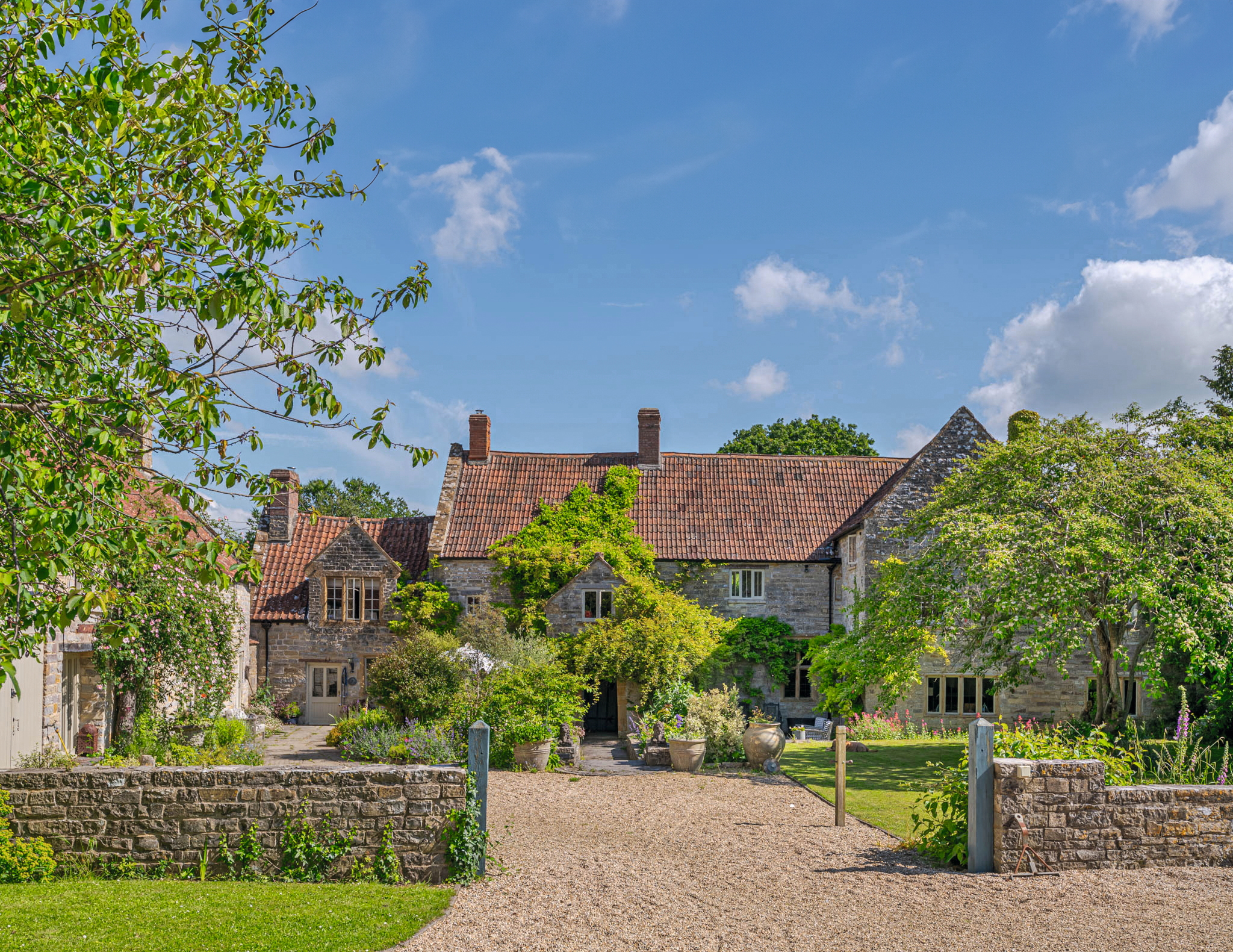 A Grade II*-listed country manor with one of the most beautiful drawing rooms in England
A Grade II*-listed country manor with one of the most beautiful drawing rooms in EnglandIf Old Manor Farm in Somerset is good enough for Pevsner, it's good enough for you.
By Penny Churchill Published
-
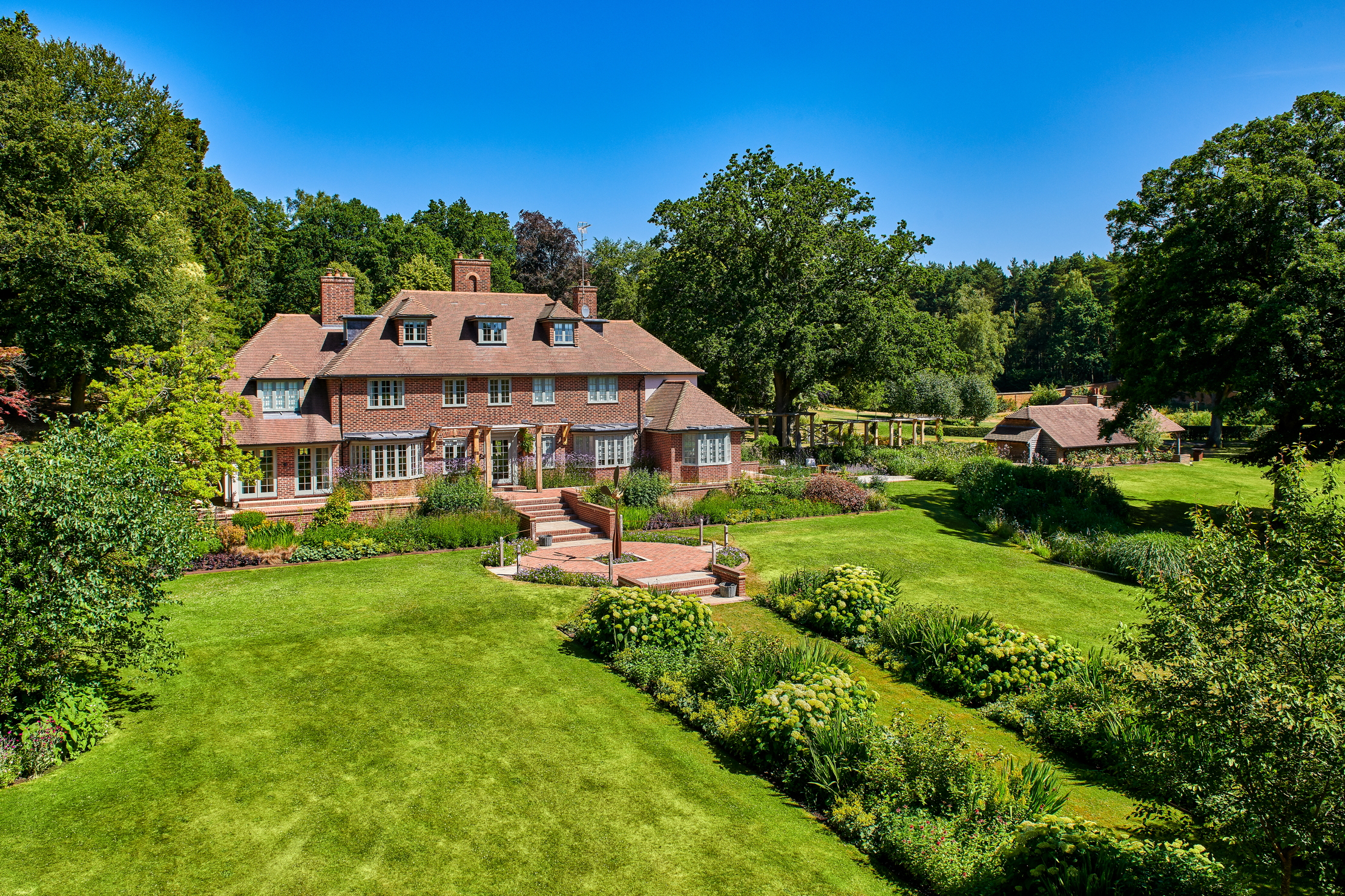 An eight-bedroom home in Surrey where an army of robots will look after your lawns
An eight-bedroom home in Surrey where an army of robots will look after your lawnsDo not fear the bladed guardians of Monksfield House. They are here to help.
By James Fisher Published
-
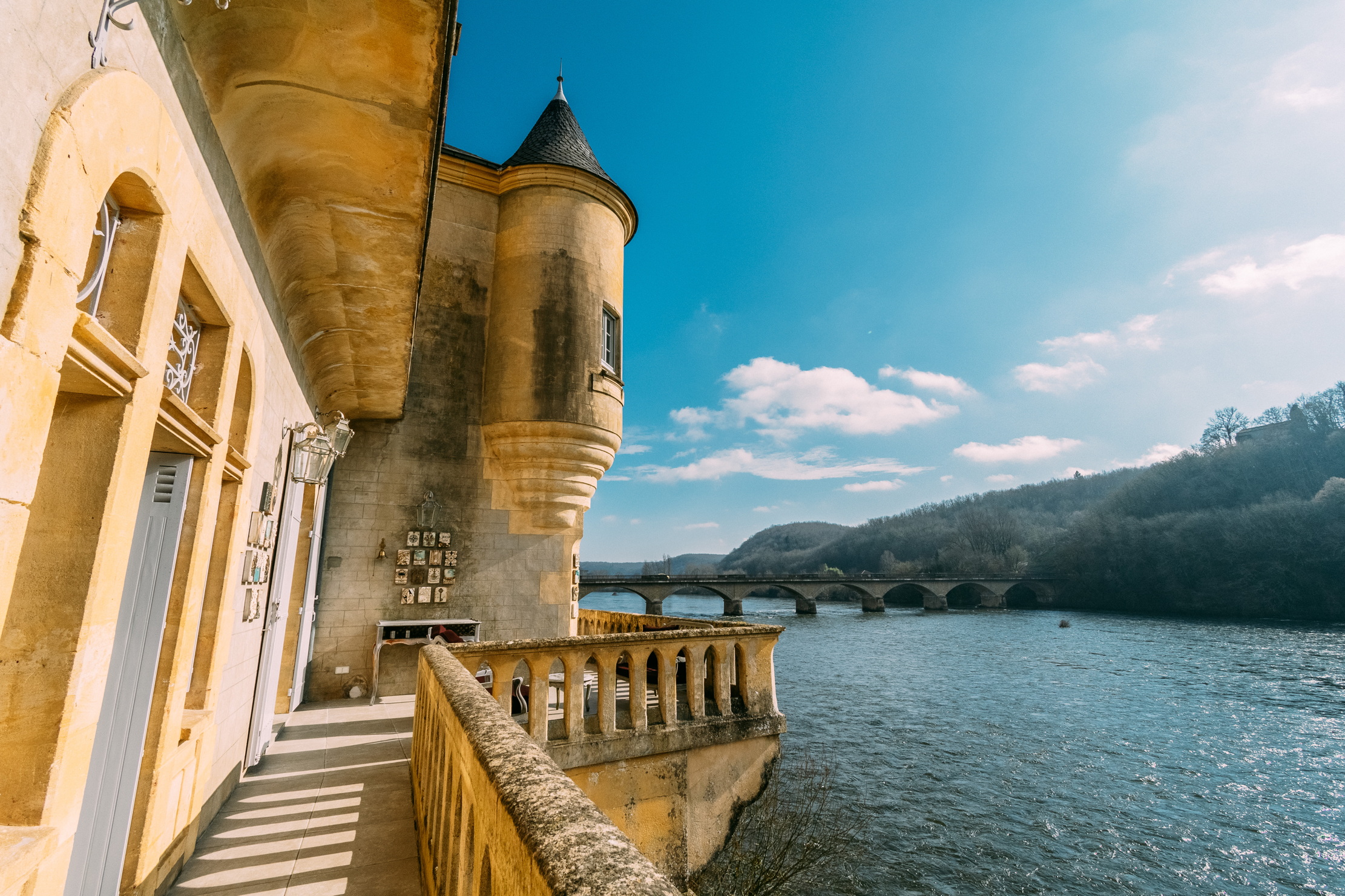 A French castle for sale on the banks of the Dordogne? With a swimming pool? Where do we sign?
A French castle for sale on the banks of the Dordogne? With a swimming pool? Where do we sign?This chateau in Lalinde is nothing short of a historical delight in the south of France. And it comes fully furnished.
By James Fisher Last updated
-
 Sip your morning tea where Churchill once paced, as his former Pimlico home comes up for sale
Sip your morning tea where Churchill once paced, as his former Pimlico home comes up for saleThe five-bedroom flat in Eccleston Square offers ‘historical gravitas and modern comfort’ in a leafy pocket of London.
By Annabel Dixon Published
-
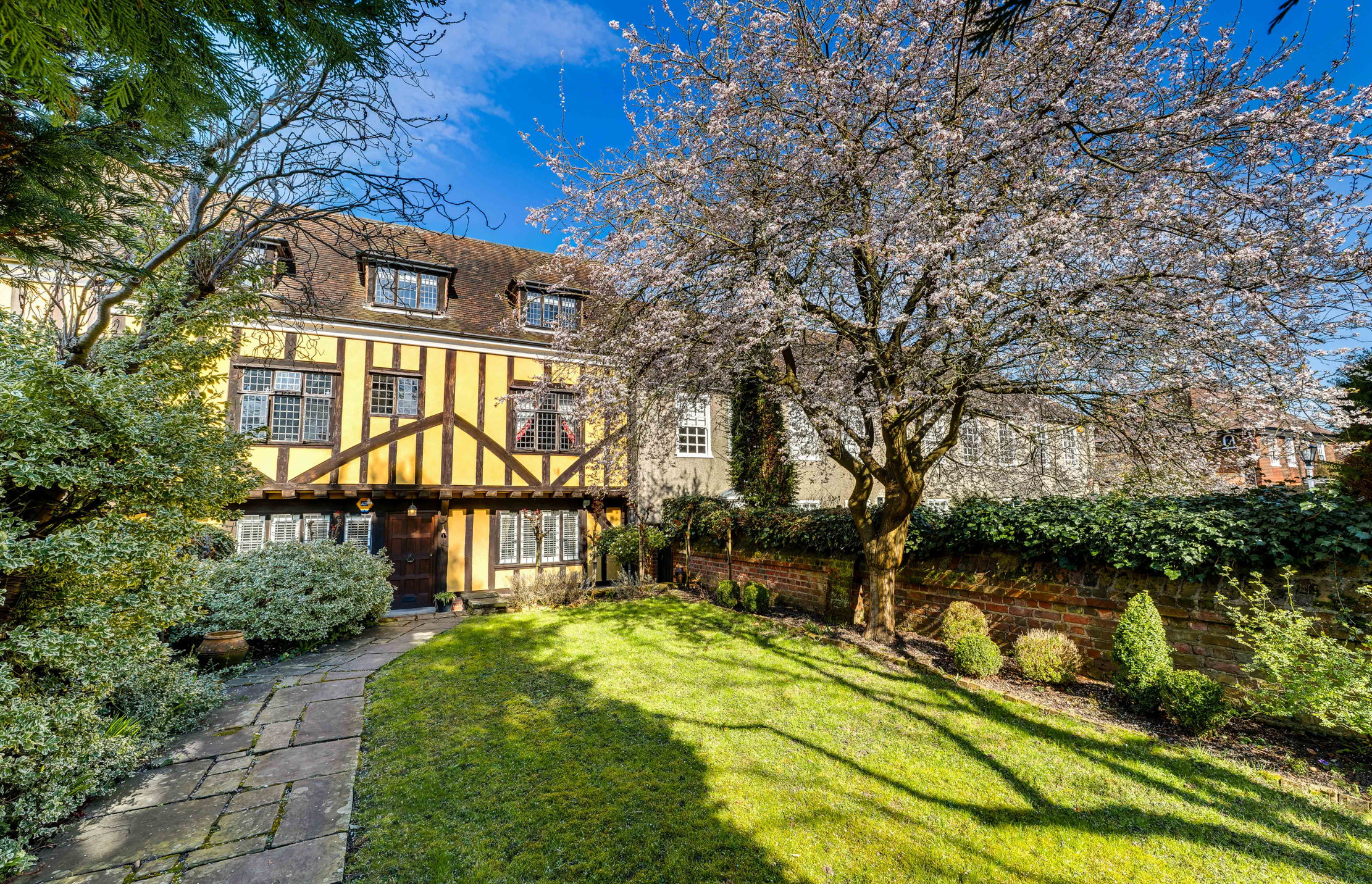 Live a life of Tudor fancy in this five-bedroom London home with links to Cardinal Wolsey and Henry VIII
Live a life of Tudor fancy in this five-bedroom London home with links to Cardinal Wolsey and Henry VIIIFans of Wolf Hall rejoice, as a rare chance to own a Tudor home inside the M25 comes to market.
By James Fisher Published
-
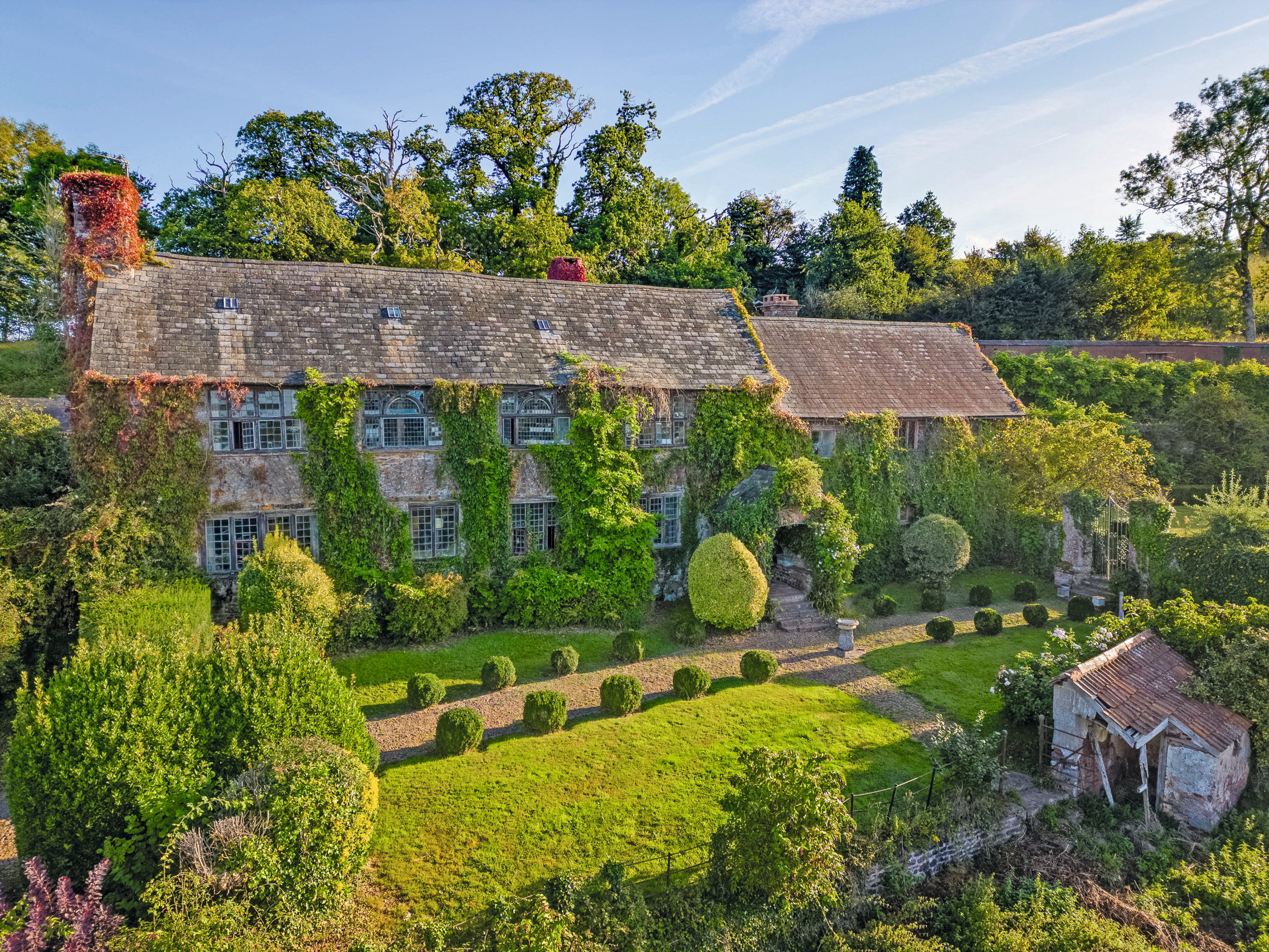 Murder, intrigue and 'the magic of a bygone era' at this eight-bedroom home set in 25 acres of Devon countryside
Murder, intrigue and 'the magic of a bygone era' at this eight-bedroom home set in 25 acres of Devon countrysideUpcott Barton is a family home steeped in history and comes with more than 5,000sq ft of living space.
By Penny Churchill Published
